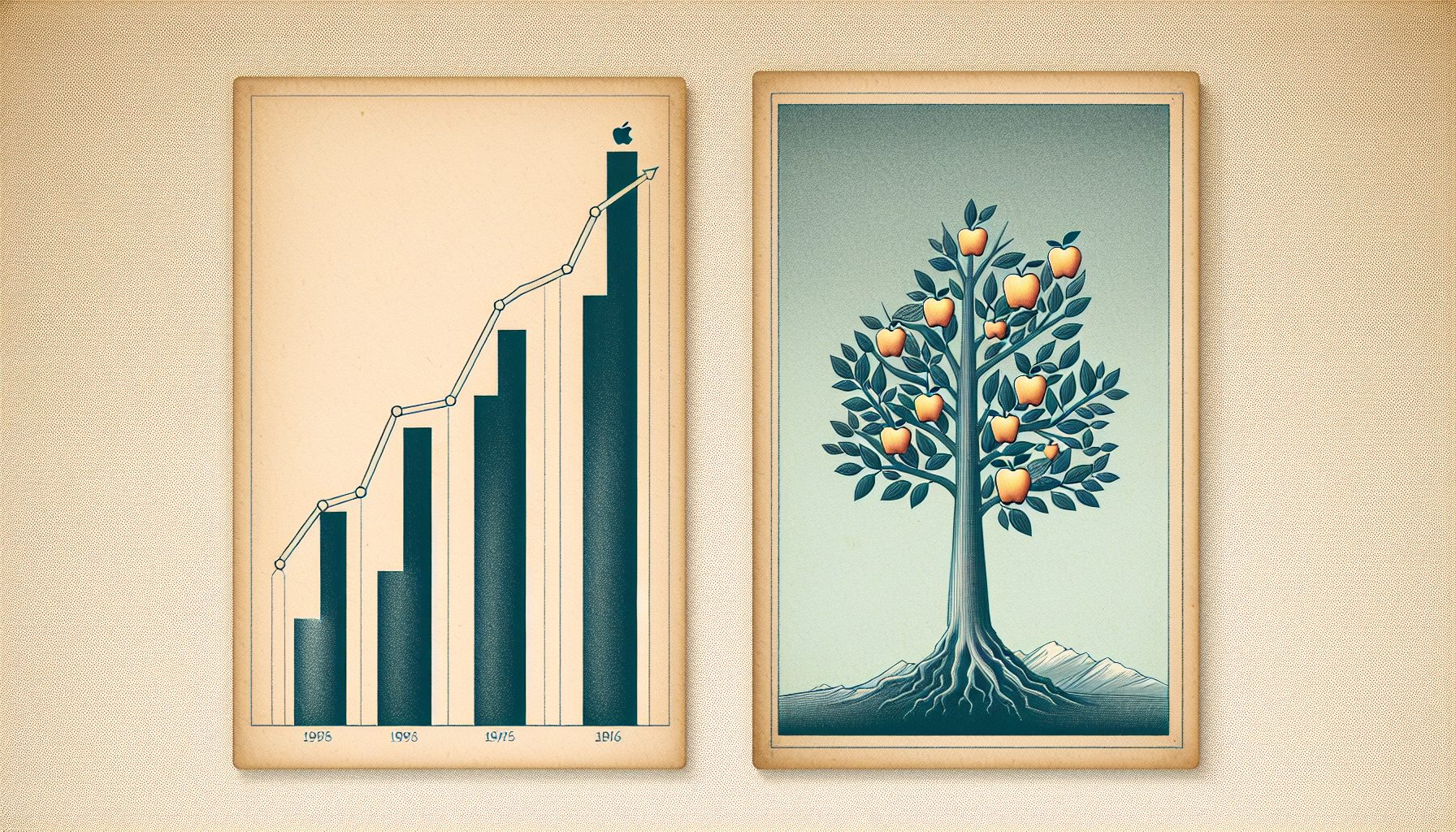You’ve probably been reading—and seeing—a lot about the iPhone, Apple’s new handheld communications device. The buzz has been pretty loud. Right before its scheduled June 29 launch, some 19 million Americans were said by M:Metrics, a mobile market research company, to be interested in purchasing the multifunction unit.
There have been a lot of questions about whether people will start using the device for business, despite the fact that Apple is marketing the smart phone as a consumer device and many computer analysts say the product isn’t ready for the enterprise.
But think about this: In a package that weighs less than five ounces, Apple is giving people a phone, voice mail, an organizer, an e-mail device, a camera, a video player and—most important—a Web browser display. And there are other devices on the market from Motorola, Nokia and Research In Motion, among others, that offer similar capabilities.
Then think about this: The iPhone is coming out as the market for on-demand Web software—the software-as-a-service (SaaS) model—is catching fire. Gartner, in March, said the worldwide SaaS market hit $6.3 billion in 2006, and predicted that the market for on-demand Web applications would grow to $19.3 billion by year-end 2011. Most business people already use some online applications—e-mail, business intelligence, customer relationship management and, most likely, some financial package. And just about every software company, from Microsoft to SAP to Oracle, is laying plans for even more robust applications tailored for the Web.
Now think about Apple’s marketing muscle, and remember that there were MP3 players on the market for some time before the iPod arrived and changed the music business forever.
Will the iPhone herald a similar shift? Will we see mass adoption of handheld Internet access products?
There are some I.T. experts who think so. Indeed, says Mike McGuire, a vice president of research at Gartner, the combination of on-demand Web applications and a portable device that can access those applications “is going to set a new standard in how you present information.”
Potential applications are everywhere, including sales, distribution, supply chain, retail and medical. It’s easy to envision the units at the assembly line, the hospital bedside, the loading dock and the boardroom.
Granted, people have made a long list of reasons why the iPhone isn’t ready for business. David Morgenstern of eWeek, which, like Baseline, is a Ziff Davis publication, wrote a great article last month that outlined the iPhone’s positives and negatives. Among the iPhone shortcomings he listed: It doesn’t support RIM’s BlackBerry services; there’s a lack of third-party applications; and its security features seem wanting, since it doesn’t appear to have the ability to remotely lock or wipe data if the device is lost or stolen.
But don’t just think about the Apple product—think about the demand. Millions want the iPhone and millions more are probably thinking, for the first time, of getting their hands on a mobile Web access device.
There are naysayers who bring up issues of display size and bandwidth when talking about any of these products. But those objections, I believe, will shortly fall by the wayside. Smart-phone manufacturers are already working to improve their interfaces and wireless communications will improve.
It may take two or three years for all the issues to be fully resolved, says Forrester Research analyst Charles Golvin, but once they are, these mobile Web browsing devices “will have a significant impact on how people do things.”
This isn’t just about the iPhone. Information-technology departments are already supporting BlackBerrys and other smart phones. These devices will get better as manufacturers try to fend off Apple. There is an ever-increasing number of Web applications and a rising demand for these handheld Internet access devices. We may soon be seeing a real, fundamental shift in the way workers work. Are you ready?








